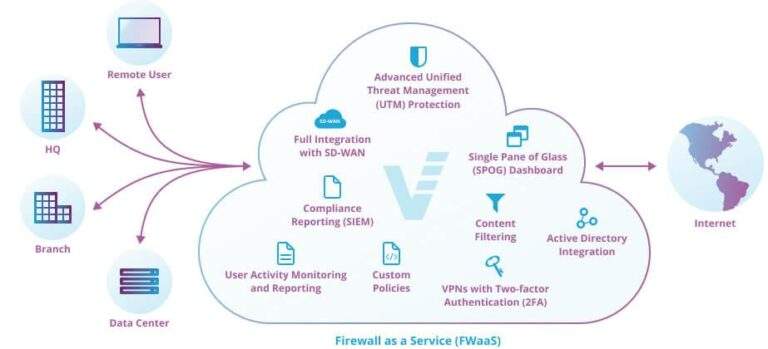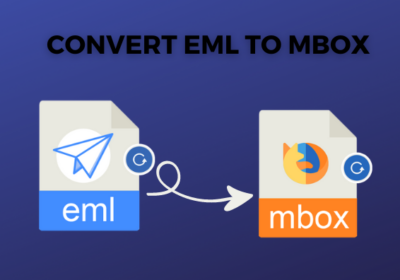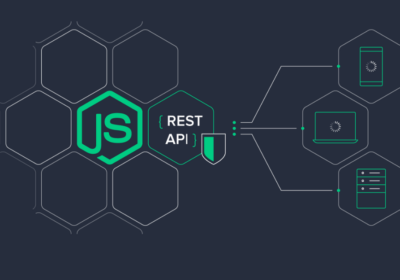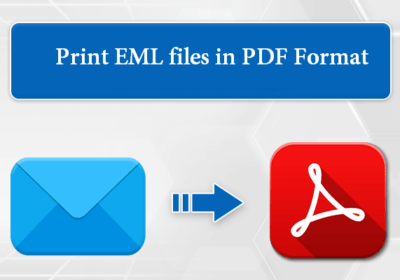
Top 5 Benefits of DevOps in Software development

For a very long time, the development and operation team in the software development process work individually. Developers were mainly given the job to write the code, and the administrators were responsible for its integration and deployment. There used to be less communication between both the teams, which causes the project to delay. Now that the agile workflow has dominated the software development process, this model is outdated.
Today DevOps is the most talked about topic in the industry. Almost all organizations are embracing DevOps because it increases the speed and efficiency of the software development process. It is applied by industry-leading companies like Netflix, Etsy, and Amazon, etc.
What is DevOps?
DevOps is the process that joins the roles of Software development with IT operations. In the DevOps, these are not separate entities; rather, they work in collaboration to produce software that has no errors, less expensive and has the shortest time to market. DevOps makes the software development process faster, cheaper and better.
DevOps is not alone the set of actions; rather, it is a culture that encourages team communication. It doesn’t require any technical change; rather, it is about changing the way how team communicates. Teamwork is one of the integral parts of DevOps culture.
Principles of DevOps:
Automation, quick response to feedback, and continuous delivery are the main principles on which DevOps works. It is a culture represented by communication between the teams, various tools, and technical processes.
DevOps practices:
DevOps needs a delivery cycle that consists of coding, testing, implementation, release, and monitoring with the effective cooperation and communication between the different team members. Let’s look at the core practices of the DevOps:
- Agile Planning – Unlike the traditional approaches, agile planning organizes the planned work in the short iteration, which increases the number of software releases. This way, a team has high-level objectives in their mind while also making detailed and organized planning for two iterations before. This increases flexibility when the ideas are tested on a new product.
- Automation and continuous delivery – Continuous delivery is an approach that combines development and testing while streamlining the deployment process. This process relies heavily on automation.
During development, software developers write codes in small chunks which are tested to find out if they are correct.
There is a quality assurance team that starts committed code testing using automated tools like UFT, Ranorex, and Selenium. If there are bugs or any other types of vulnerability, they are again sent to the engineering team. This process also has version control, which detects the integration problem in advance.
Version control system lets the developers record the changes in the files and share them with their team members, no matter what the location is. The code which passes the automated test is then integrated into a shared repository. As there are frequent code submissions, no chance ‘Integration hell’ happens, and integration is smooth. The advanced tools that are widely used for the integration are GitLab, Bamboo, Jenkins, TeamCity.
Continuous deployment
The code in this stage is deployed on a public server. The code is deployed in a way that doesn’t affect the other functioning features. Frequent deployment makes the process fast as new features are tested and verified in the early stages. There are some tools that help a person to deploy a product increment like Puppet, Chef, and Azure Resource Manager, etc.
Monitoring
Monitoring is the last stage of the developmental cycle, and it is related to the complete assessment of the whole process. The main aim is to detect the problematic areas and analysis of the feedback received from the team and reports from the users in order to improve the products functioning.
Popular DevOps tools:
The main purpose of DevOps implementation is to improve the delivery time and integration process by automating the process, which is why a product gets a shorter time to the market. There are few tools that speed up the process by eliminating the need for a team to build them from scratch.
Nowadays, there are tools that manage all the stages of development, starting from containerization to deployment. A few of the most popular DevOps tools are Jenkins, Selenium, Git, Chef, Nagios, etc.
How can DevOps benefit a business?
DevOps offers many benefits to a business; some of them are:
1. Faster time-to-market delivery
DevOps ensures fast time to market delivery, which increases the ROI of a business. The agile principles ensure the faster delivery of the product and also assure the frequent delivery.
2. Boost collaboration between the team members
It enhances the decision making and improves the transparency in the same. Today, it is getting more and more important to break down the silos between the different departments and increase the collaboration between them. DevOps provide an atmosphere of mutual communication and collaboration across various team members in an IT company. The boundaries of the role of each team are getting blurred by DevOps.
3. Quick detection of the errors
DevOps allows early detection and the faster correction of the defects, which again boosts the short time to market.
4. Continuous delivery
The software development sector in today’s world needs continuous delivery of the quality software and shorter release cycles. All of it is possible with the DevOps cycle.
5. Increased ROI
DevOps encourages to automated repetitive tasks while eliminating the risks of errors. Frequent backups help with the development of more stable and robust processes. Because of the automation, an organization saves manual costs, which directly indicate high monetary savings.
Looking at so many benefits of DevOps, we cannot deny that DevOps is the future of the development cycle. With the right implementation skills, DevOps can help in achieving a lot in a very short duration, allowing the people to use the apps that are more foolproof and effective.
















